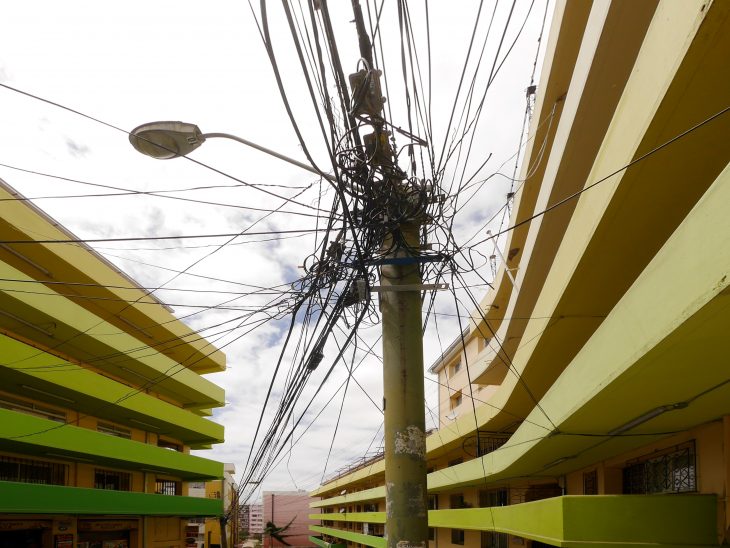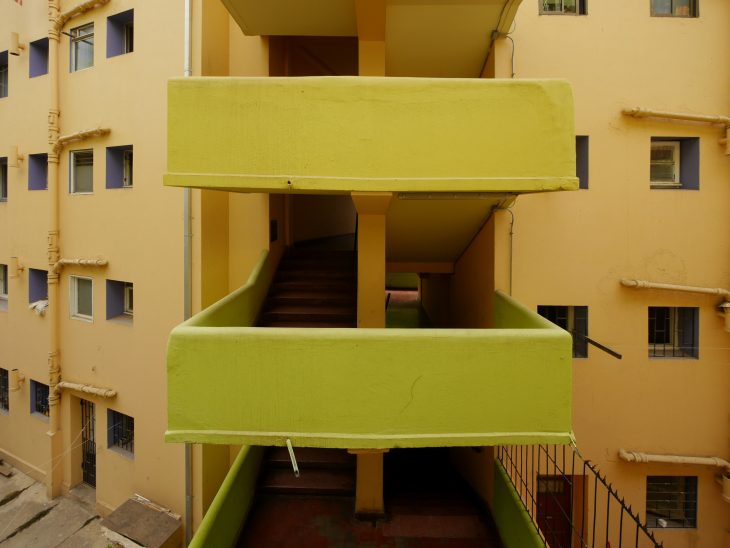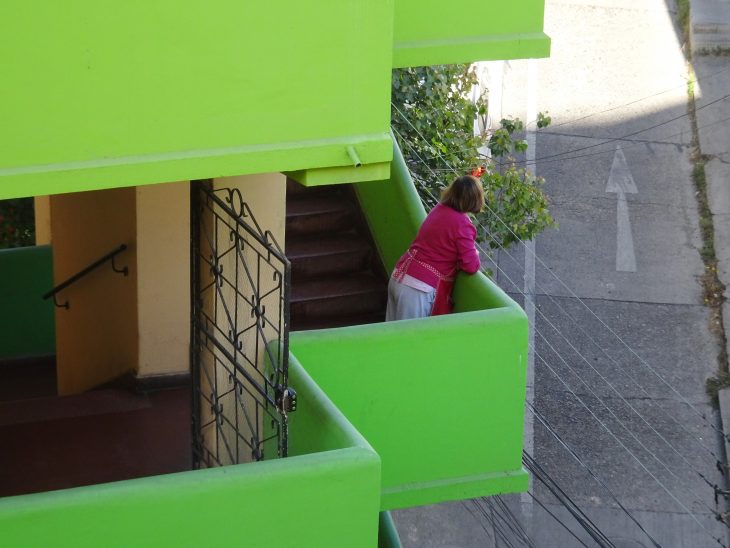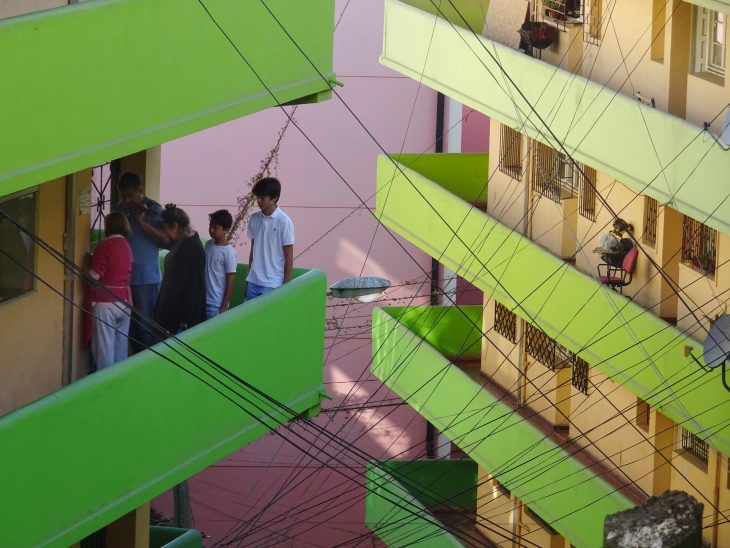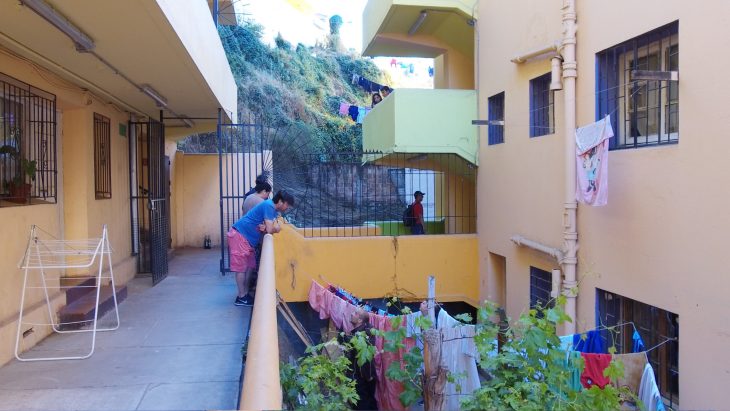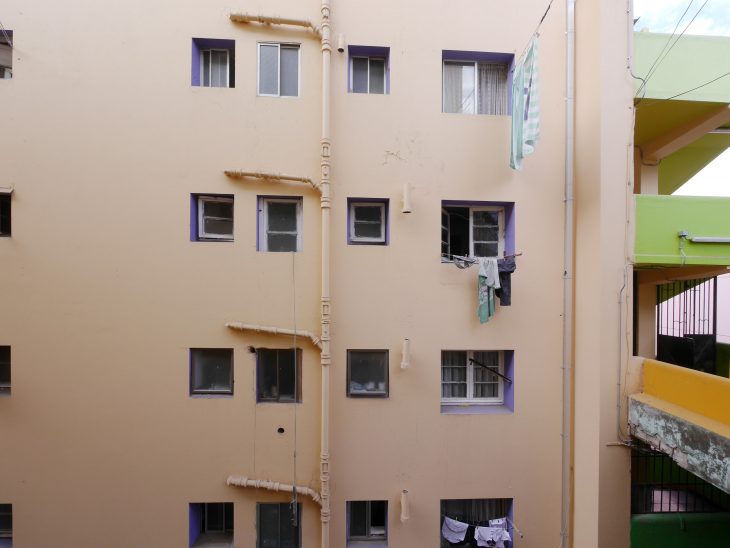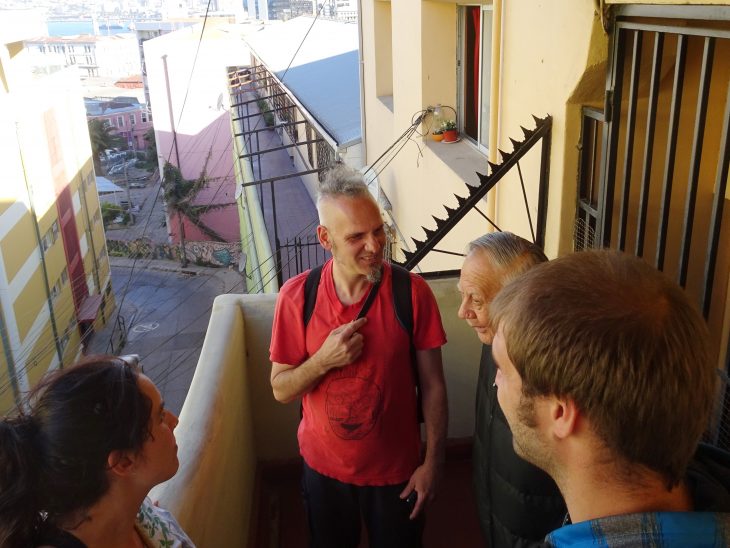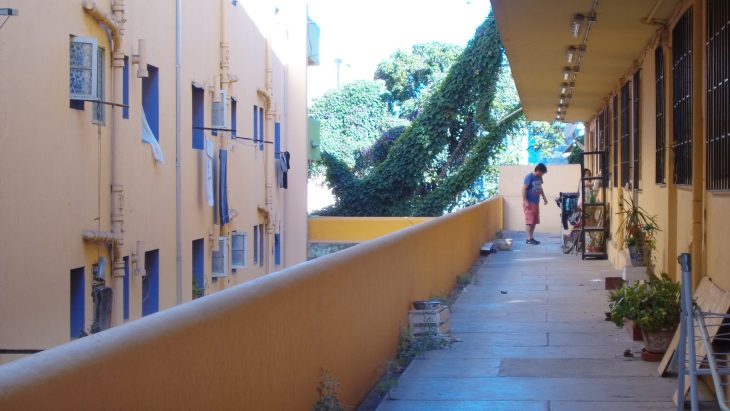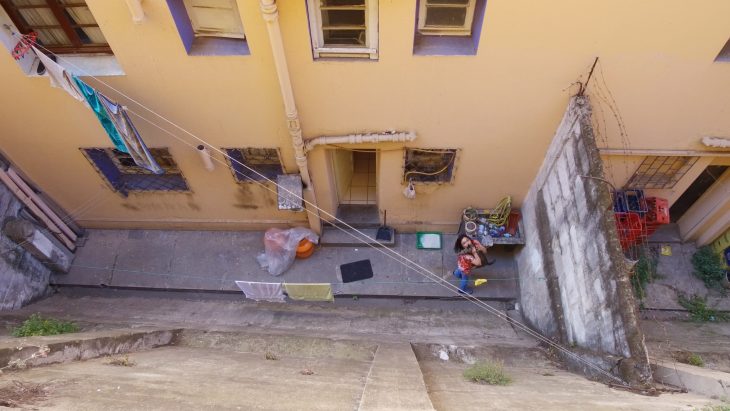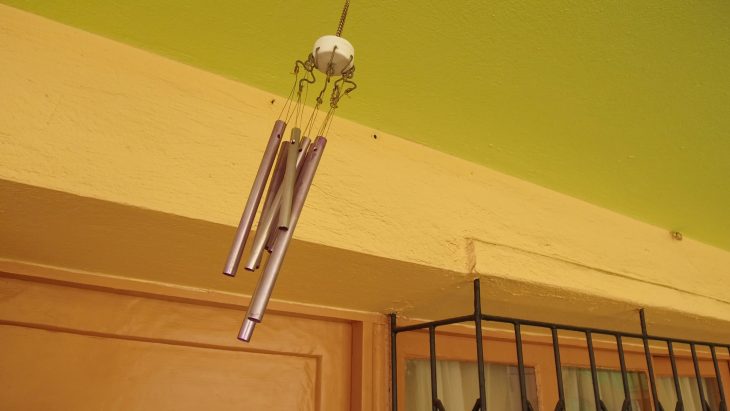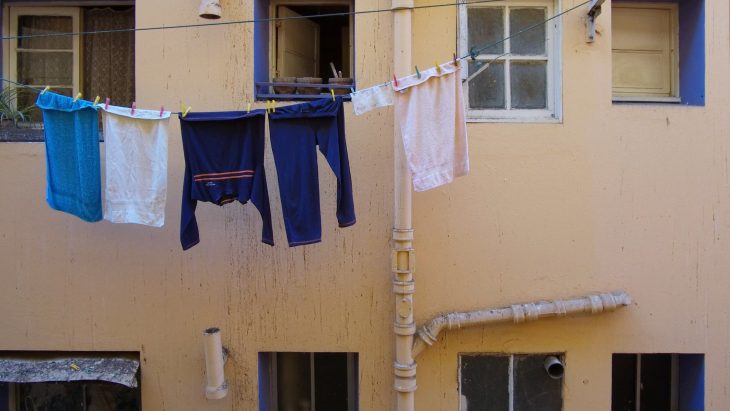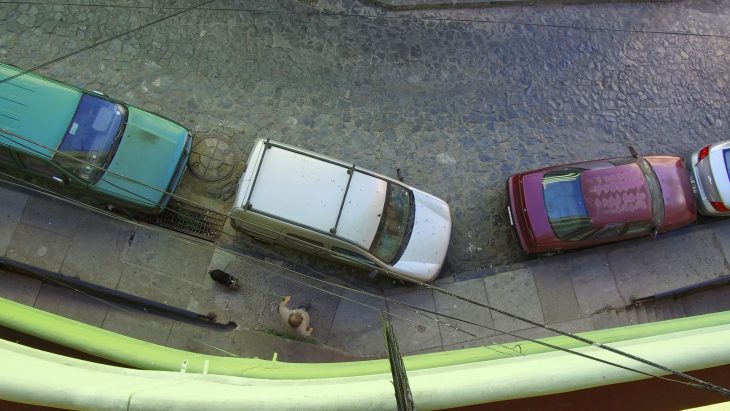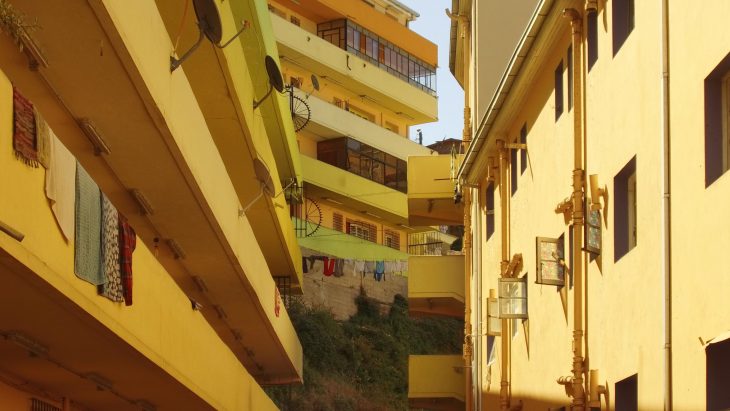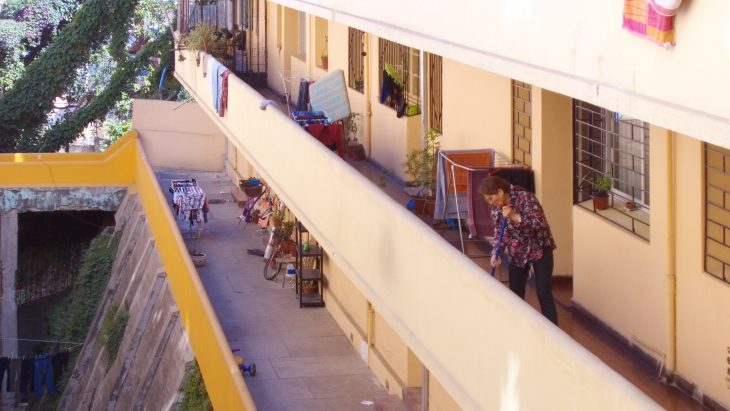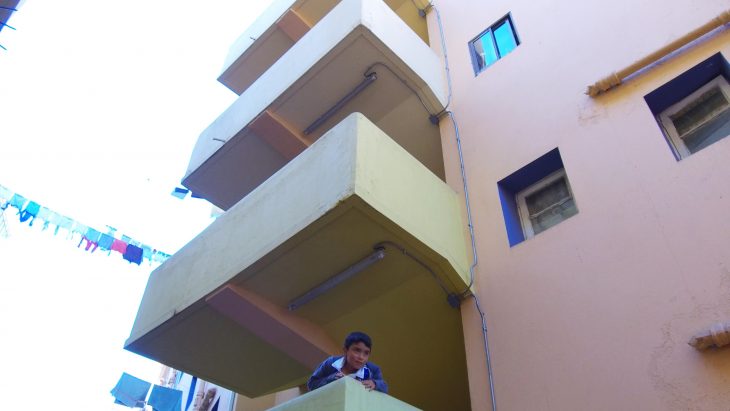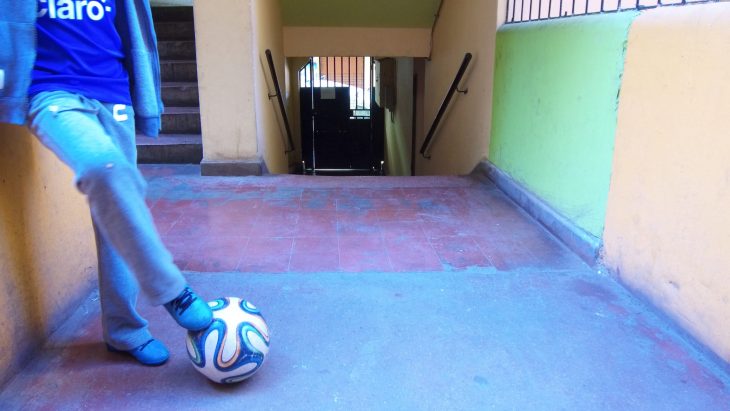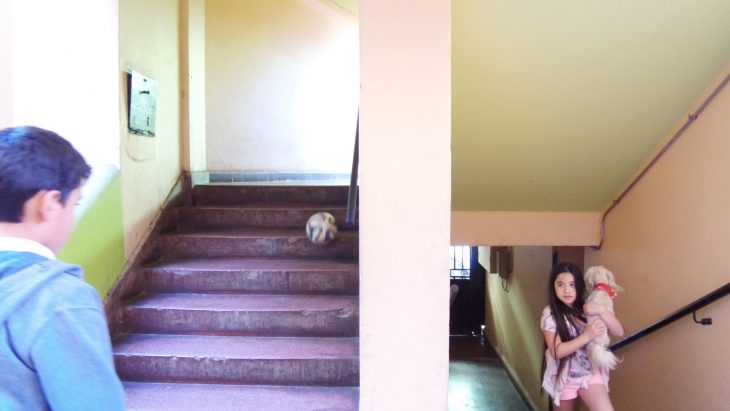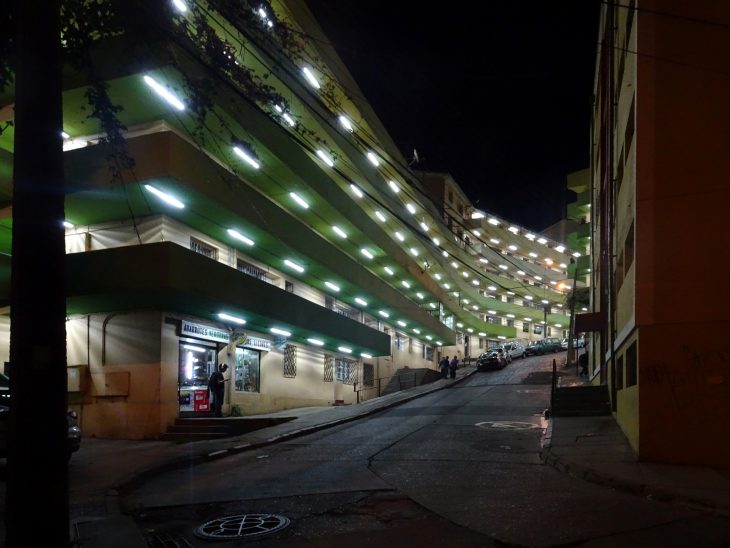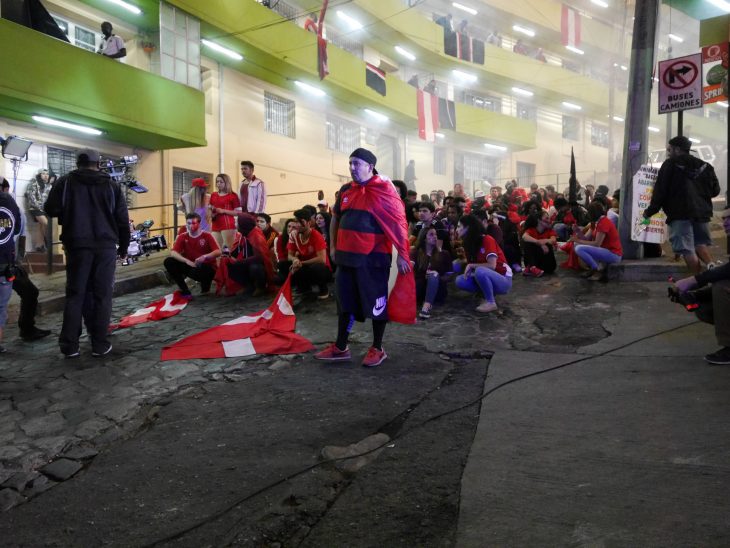Listening as Social Act #2 – Población Marquez
- Beschreibung:
- Research Project for Act of Listening - Tsonami Festival 2017
- Bauherr:
- Tuned City
- Standort:
- Valparaíso, Chile
- Zeitraum:
- 2017
- Projektteam:
- René Rissland (D) + Christian Espinoza (CL) + Cynthia Conrads (CL)
“Hearing is a physiological phenomenon; listening is a psychological act. Hearing is always occurring, most of the time subconsciously. In contrast, listening is the interpretative action taken by the listener in order to understand and potentially make meaning out of the sound waves.” Roland Barthes
The act of listening demands a quality of paying attention and a willingness to explore, to contribute and to reflect, without any defence, without any barrier.
That´s how we started in Valparaiso. And what we found by listening attentively to the background noises of the City, was not the big harmonic symphony of a UNESCO World Heritage Site, it was in fact the miraculous sound-potpourri of everyday-life.
By drifting along the nearly endless stairways, the main streets and inofficial paths of Valpo, we have learned a lot about the intensive way of living in this vibrant City, about its informal way of space production and the use of public spaces. But the public spaces of a City are also defined by the semipublic and private spaces behind the facades. Sensitive Listening opened a lot of doors to us.
We found very interesting typologies of multi-family-houses, forming autonomous and collective organisms within their neighborhoods. In these organisms Listening is a Social Act.
Población Marquez is a residential housing structure from 1949 with access balconies offering a subtle graduation of semiprivate and semipublic spaces. The typology has the appearance of a big string instrument fixed down the hill, leaning on Calle Marquez. Together with a limited group of people I immersed several times into this subtle system of coexistence. We realized that the Act of Listening and Communicating played an important role in the daily life of the inhabitants. Architecture supported this cohesion. Distances were used to connote different relationships. Surfaces and reflections determined the exchange of information. Sounds and noises of everyday life became indicators of the current mood.

